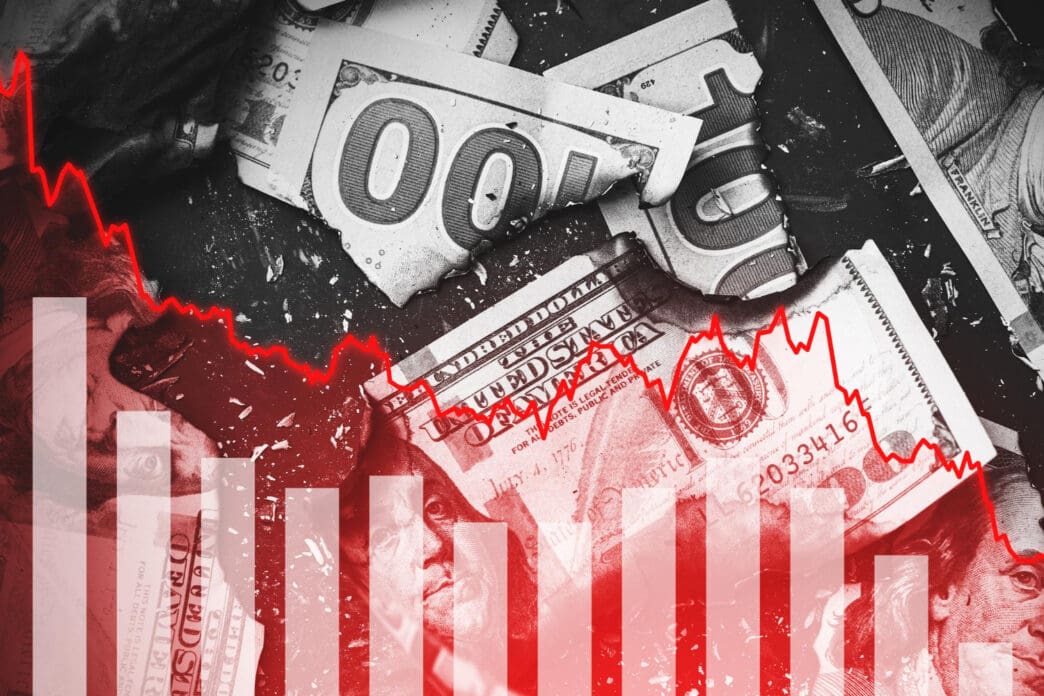Executive Summary
The Story So Far
Why This Matters
Who Thinks What?
Concerns are mounting regarding the clarity of economic data and the overall health of the U.S. economy, particularly in light of recent actions by the Trump administration. A notable slowdown in job creation, persistent inflationary pressures, and increasing worker insecurity are emerging as key themes, with some economists and analysts pointing to policy uncertainty and shifts in data collection as contributing factors.
Economic Data and Job Market Trends
The reliability of economic indicators has come under scrutiny following reports of the dismissal of the head of the Bureau of Labor Statistics. This development has raised questions about the objectivity of future economic reporting, potentially making it more challenging to gauge the economy’s true condition.
Hiring has shown a marked slowdown since President Trump took office. In the first seven months of the year, only 597,000 jobs were added, representing a 44 percent decrease compared to the same period in 2024, as noted by former Biden economist Heather Boushey.
This period has also seen a low quit rate, indicating that individuals are largely remaining in their current positions, alongside reduced movement for work across the country. The University of Michigan survey reflects this sentiment, showing expectations for a higher unemployment rate next year at levels not seen since the Great Recession.
Policy-Induced Uncertainty and Corporate Behavior
Economic analysts suggest that significant uncertainty stemming from tariff announcements, evolving regulatory policies, and broader “Trumpian wild cards” are primary drivers of sluggish hiring. An economy where businesses struggle to plan for the future due to unpredictable policy shifts can dampen investment and expansion.
Since the “Liberation Day” tariff announcement in April and subsequent trade adjustments, 37,000 manufacturing jobs have been lost. This environment of uncertainty is also reflected in an increase in corporate stock buybacks, which some interpret as a sign of retrenchment where capital is returned to shareholders rather than invested in growth.
An exception to this trend of investment retrenchment is observed in the substantial capital expenditures directed towards artificial intelligence (AI) computing power. This sector’s rapid growth is noted as a significant, albeit potentially isolated, economic prop, raising questions about its long-term viability and impact.
Inflation and Consumer Dynamics
Despite some areas of resilience, wages have largely remained stagnant, increasing by only 0.1 percent last month. This rate is not keeping pace with the rising cost of living, contributing to a sense of insecurity among American workers.
Personal consumption has surprisingly held up overall, but a “K-shaped” economic recovery appears to be re-emerging. Data indicates that approximately half of all consumer spending is driven by the top 10 percent of income earners, who are less sensitive to price increases. In contrast, the Boston Federal Reserve reports that lower-income consumers are increasingly relying on credit card debt to manage rising prices.
Tariffs are identified as a factor contributing to inflation, with the overall inflation rate for core goods reaching its highest level in six months in the latest Consumer Price Index report. The Producer Price Index for July also showed final demand trade services, a measure of profit margins, surging to a three-year high. This suggests that corporations may be leveraging inflation and economic uncertainty as a rationale for increasing prices, even when their direct costs may not have risen proportionally, as noted by former Treasury official Kitty Richards.
Broader Policy Impacts and Future Outlook
Beyond tariffs, several other policy changes are poised to impact American households. The Peterson-KFF Health System Tracker estimates an 18 percent increase in median health insurance premiums for Affordable Care Act marketplaces in 2026, exacerbated by the expiration of enhanced subsidies. The resumption of student loan payments is also noted to be causing financial strain for millions of borrowers.
Additionally, the focus on building data centers, partly fueled by the administration’s emphasis on Big Tech, is contributing to rising electricity prices. Critics argue that the administration’s stance on renewable energy could further compound these energy cost increases.
The Trump administration’s recent revocation of a Biden-era executive order aimed at promoting competition across the U.S. economy signals a potential shift towards less rigorous antitrust enforcement. This move could encourage corporate consolidation, with potential implications for consumer prices and market dynamics.
Concerns about potential corruption and demands for corporate loyalty are also cited as factors that could introduce inefficiencies and dampen economic activity. While some positive indicators exist, such as cheaper corporate borrowing, the overall outlook suggests challenges in accurately assessing future economic trends due to reduced transparency and policy volatility.
In conclusion, the U.S. economy appears to be navigating a complex period characterized by data uncertainty, decelerated job growth, and inflationary pressures that disproportionately affect different income groups. The interplay of policy decisions, corporate behavior, and consumer sentiment will be critical in shaping the economic trajectory in the coming months.








